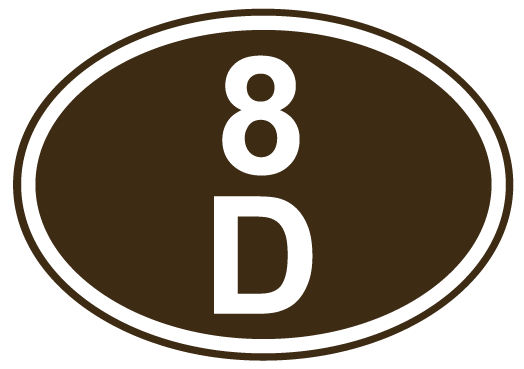
8D ASSOCIATION
The 8D Association is dedicated to promoting the history of the railways of South Lancashire, Merseyside and North Cheshire.
The Birkenhead, Lancashire and Cheshire
Junction Railway.
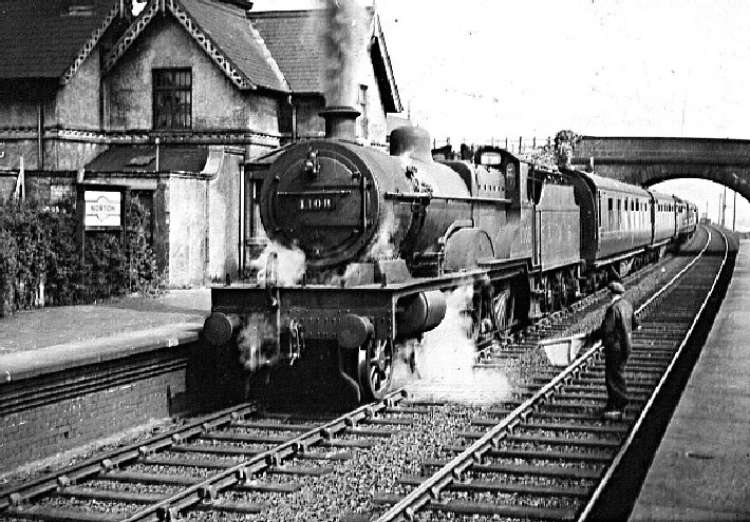
Introduction
The line was built in an attempt to reduce journey times between Chester and Manchester which at the time involved travelling via Crewe. Construction was swift and the line opened on 18th December 1850 thus cutting the journey time in half. Stations were provided at Moore, Frodsham and Dunham Hill.
Construction
The line was to have two major engineering projects the first being the 1¼ mile long Sutton Tunnel and the viaduct to cross the Weaver Navigation near Frodsham. The tunnel was duly completed as was the impressive viaduct constructed mainly of brick with cast iron spans. The viaduct still dominates the scene today.
Operation and Stations.
Upon opening the line was heavily promoted as the line ‘To Chester for the Races’ and on race days traffic was very heavy with many extra trains being provided from Manchester and Warrington. It was on one of these race days, within six months of the line opening, that disaster struck. With trains overloaded and running under the flawed Time Interval System there was a collision inside the Sutton tunnel which resulted in nine people losing their lives and many others injured. The report into the accident was scathing of the operation of the line and made several recommendations which were taken up by the BLCJR.
More information on the disaster here
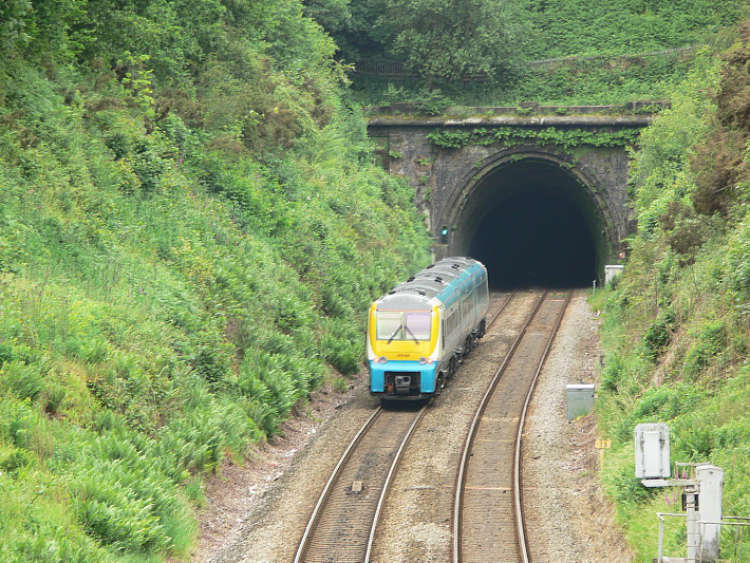
18th June 2010.
The line continued as the BLCJR until 1859 when it was re-branded as the Birkenhead Railway. This was seven years after the Great Western Railway (GWR) had tried to take over the line. It was on 1st January 1860 that the line was taken under the joint control of the GWR and LNWR. The GWR seeing the line as its route into Manchester in an attempt to break the LNWR’s monopoly. This arrangement continued and at the time of the 1923 grouping the line stayed independent being jointly owned by the London Midland Scottish (LMS) and the GWR.
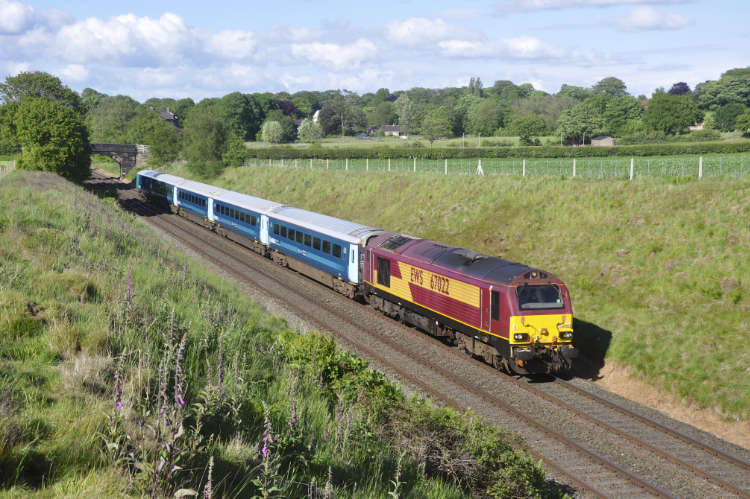
The first station from the Warrington direction was at Moore which opened with the line on 18th December 1850. The station was re-named Daresbury in April 1861 to avoid confusion with another of the same name. The station was in a lightly populated area and this coupled with a poor service, in 1932 it had only seven eastbound and six westbound services a day, led to it being closed to passengers on 7th July 1952 and to goods on 1st June 1965. Consideration has been given to the re-opening of the station.
More information on Daresbury station here
Our second station is Runcorn East which opened close to the site of Norton station due to the increase in population in the area with the creation of Runcorn New Town. The new station opened on 18th October 1983 and has a good service in both directions with some services now running as far as Manchester Airport. Passenger numbers continue to increase with 147,634 using the station in 2010/11.
A short distance from Runcorn East is the site of Norton station which opened in March 1852 as a direct result of the Sutton tunnel collision. In the report into the accident it was recommended that two stations be opened at either end of the tunnel and these were to be linked by electric telegraph. This improved safety in the tunnel. As with other stations on the line the population around it was low and this, along with drastic improvements in signalling, led to the closure of Norton on 1st September 1952.
More information on Norton station here
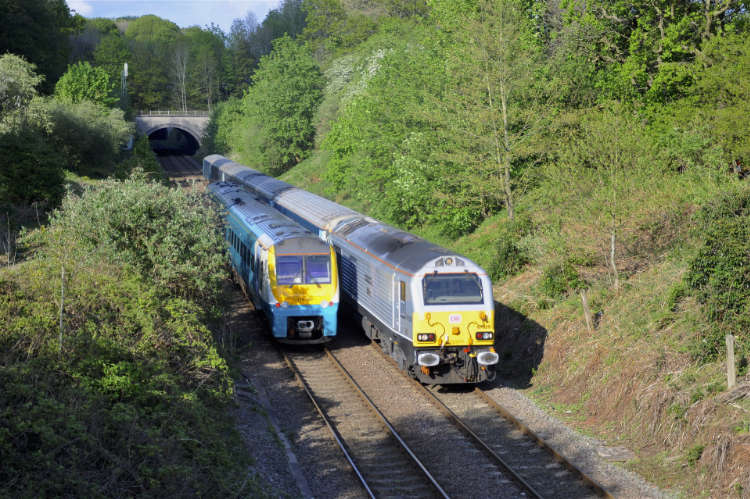
Halton station was at the other end of the Sutton tunnel and was the other station to open as a result of the accident. As with others along the line the area was lightly populated and the site was isolated from the nearest village. Another early casualty the station closed to passengers on 7th July 1952 and to goods on 3rd February 1954.
More information on Halton station here
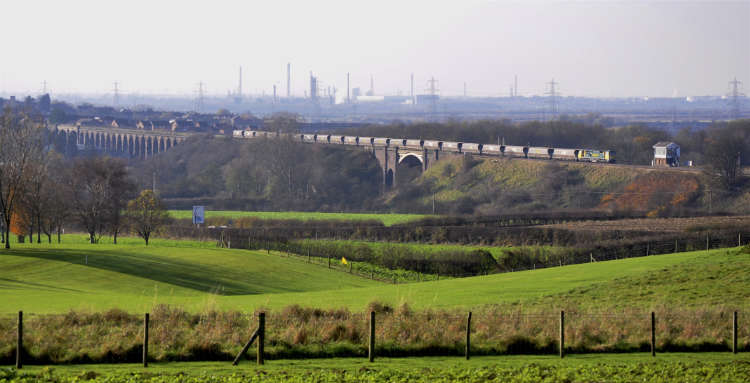

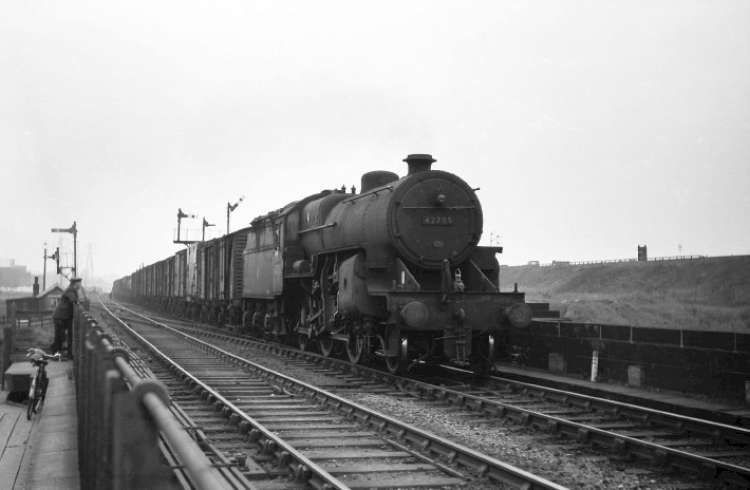
After passing over the Weaver Navigation on the large viaduct the traveller reaches Frodsham station which opened with the line on 18th December 1850. Frodsham is a busy station with passenger numbers on the rise. According to Network Rail over 115,000 people used the station in 2010/11. The station is now unstaffed and has been adopted by the North Cheshire Rail Users Group, along with many others along the line, who keep the station clean and tidy. The buildings at the station are now Grade 2 listed and it is a real pity that they are currently unused.
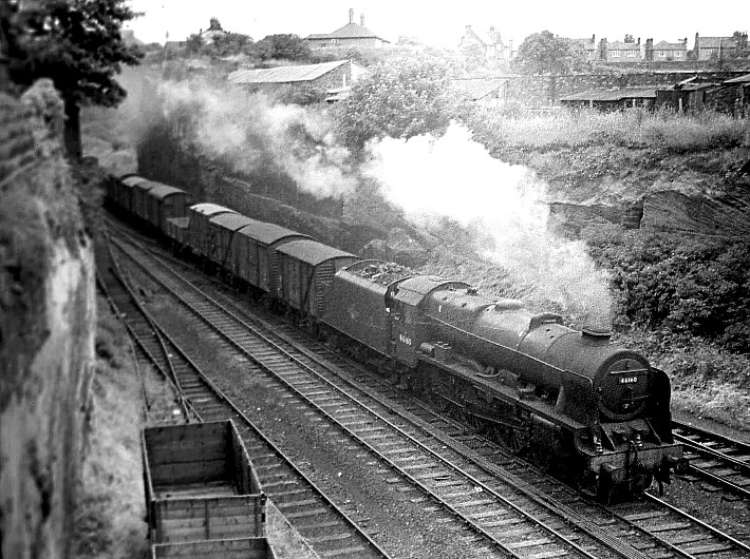
Helsby station opened in 1852 and is still a junction station today with the line for Ellesmere Port branching off here. It is a charming station and as with Frodsham has Grade 2 listed buildings (unused) and has also been adopted by the North Cheshire Rail Users Group who look after the station. The station is still busy with over 77,000 people using the station in 2009/10. An interesting feature of Helsby is the signal box which is located on platforms 2 & 3. The branch line service to Ellesmere Port is now a sparse parliamentary service. See On Shed archive, (2012, No 4 Journal, page 19) for picture and a description of a trip on the service.
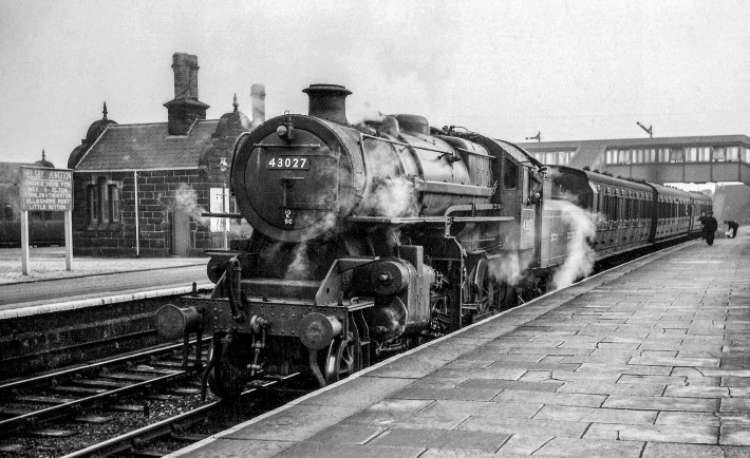
Dunham Hill is the next station towards Chester which opened with the line on 18th December 1850. As with several of the others along the line passenger numbers were low and the station became another 1952 casualty closing on 7th April 1952 to passengers and 7th May 1956 to goods.
More information on Dunham Hill station here
The final station before Chester was Mickle Trafford which opened on 2nd December 1889. Also in a lightly populated area it did not generate any substantial traffic. It was an early closure being completely closed on 2nd April 1951.
More information on Mickle Trafford station here
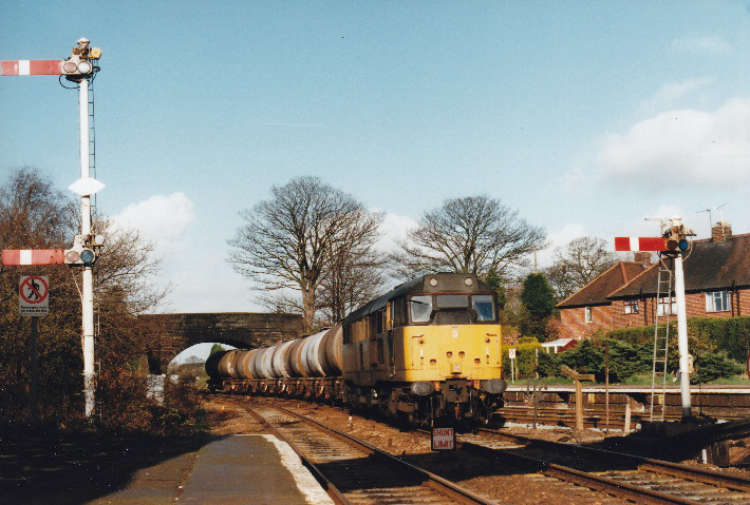
The line sees an intensive passenger service with local services between Manchester and Chester also services extending along the North Wales Coast Line and to Manchester Airport in the other direction. Freight traffic has declined in recent years the largest flow for many years was from Stanlow Oil terminal have now ceased. Quinn Glass have installed new freight facilities for the movement of raw materials to its plant at Elton with trains now running from Middleton Towers. The main freight flow along the line was the movement of imported coal from Ellesmere Port to Fiddlers Ferry power station although with the run down of the power station it ceased to run in 2015. In 2016 the regular daytime working is the Colas Carlisle to Chirk log train for use in the paper making process. This working can often throw up some interesting traction. The Halton Curve has been reopened for passenger traffic and currently operate between Liverpool Lime St and Chester by Transport for Wales.
